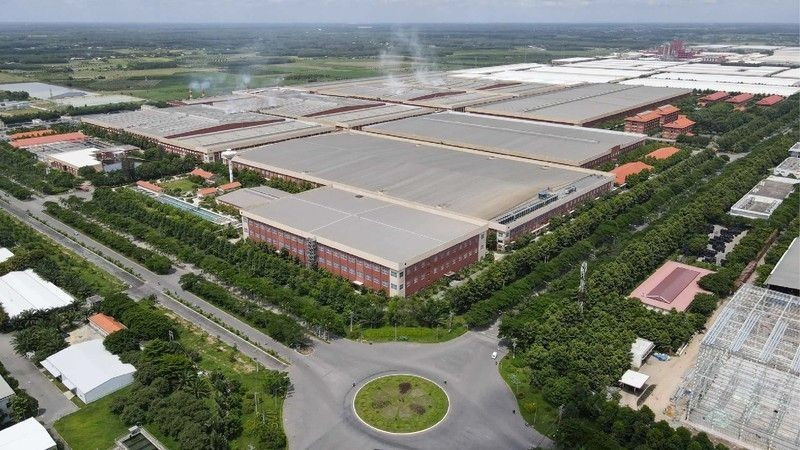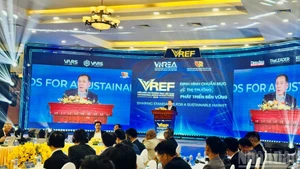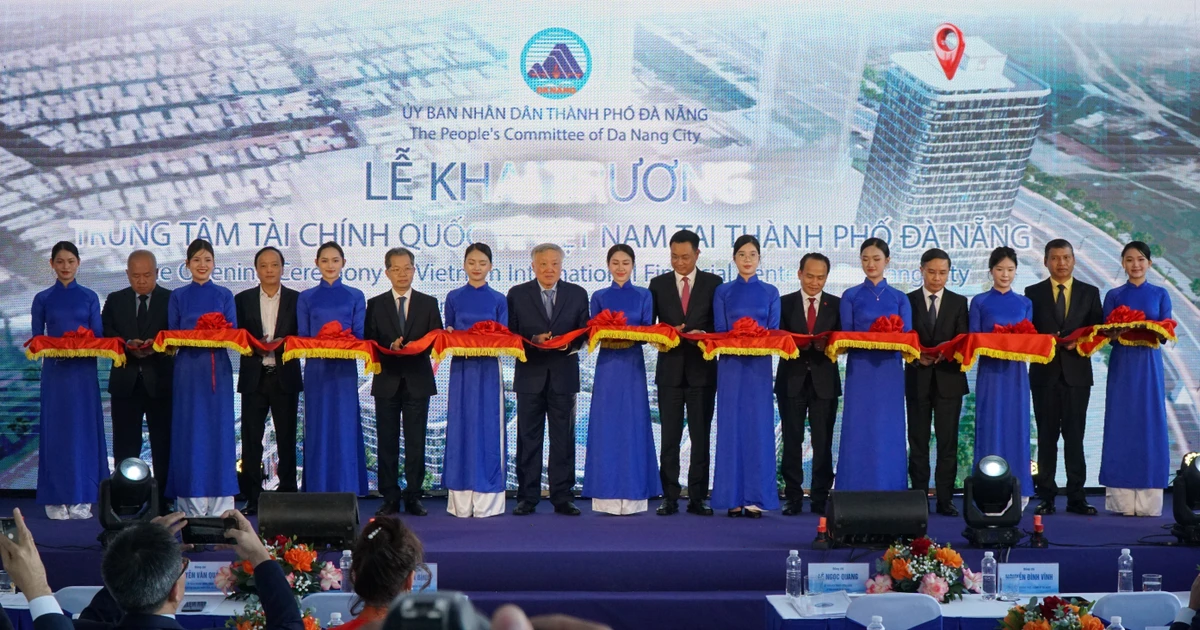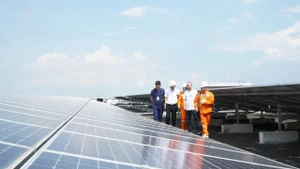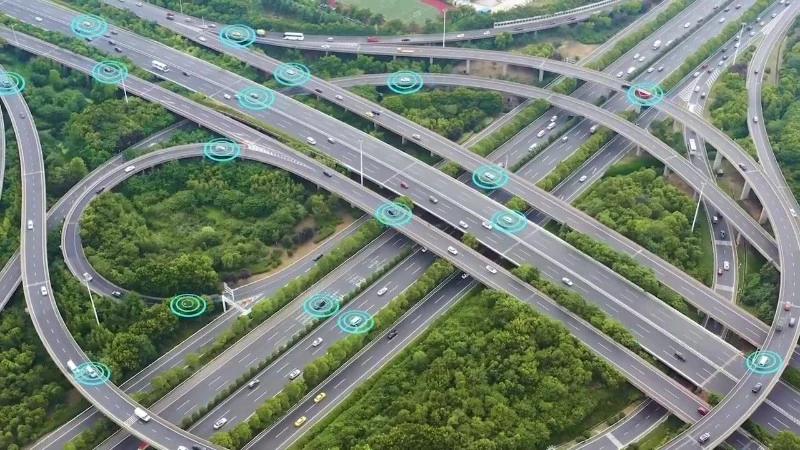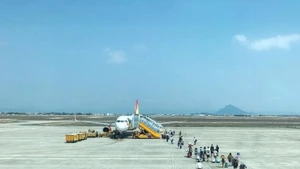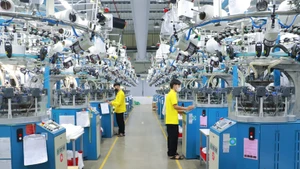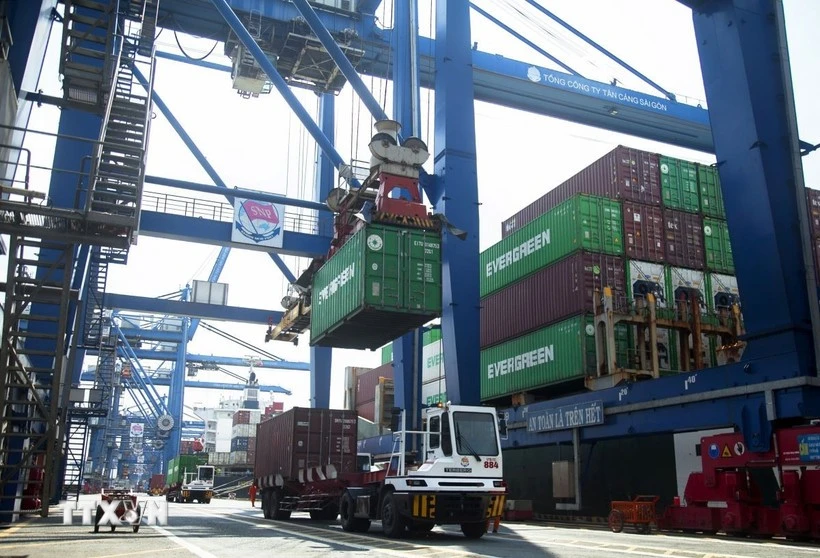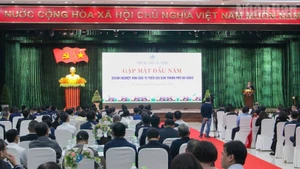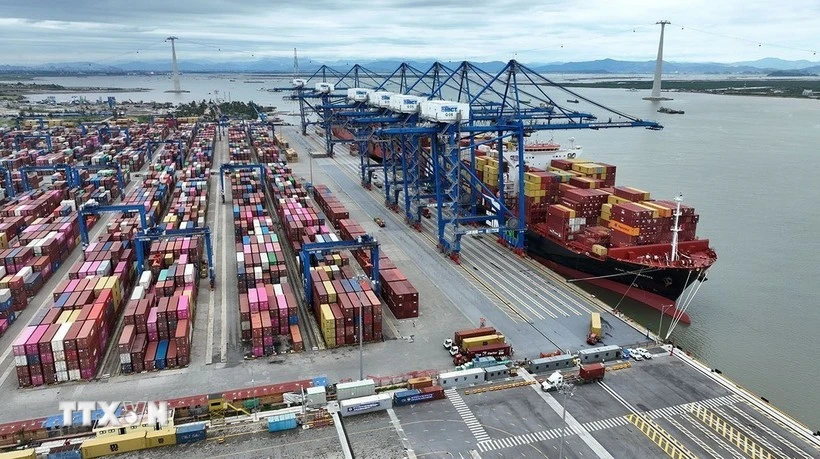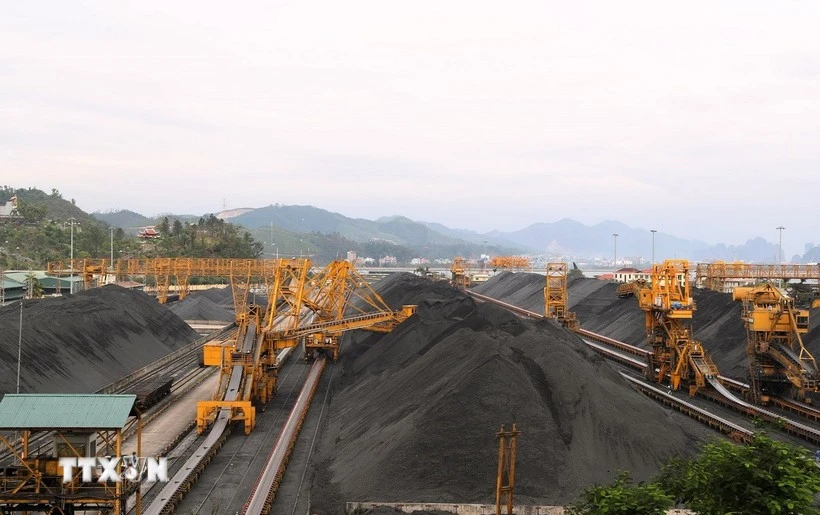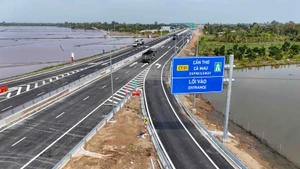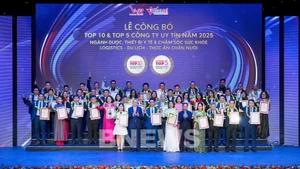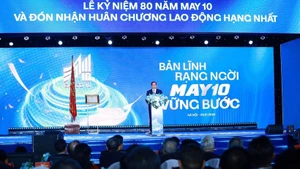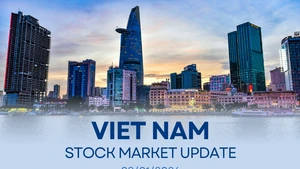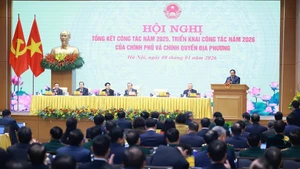With its strategic location on the north-south economic corridor, near international shipping routes and serving as a vital link between the Central Highlands, Laos and north-eastern Thailand, Da Nang is a key trade gateway for the region.
From trade gateway to production and financial hub
A recent wave of infrastructure investment and favourable incentive policies has propelled Da Nang into a period of comprehensive transformation.
According to Savills Viet Nam, the first half of 2025 recorded 20 licensed foreign-invested manufacturing projects across the central region. Investors came not only from Asia, such as Singapore, Japan and Taiwan (China), but also from the Americas and Europe, signalling greater diversification and growing confidence in the region.
Industrial parks in Da Nang are playing an increasingly important role in the city’s economic development strategy. The city currently has three new industrial parks and six existing ones, namely Da Nang, Hoa Khanh, Hoa Khanh Expansion, Lien Chieu, Hoa Cam and the Fisheries Service Zone, covering more than 1,160 hectares.
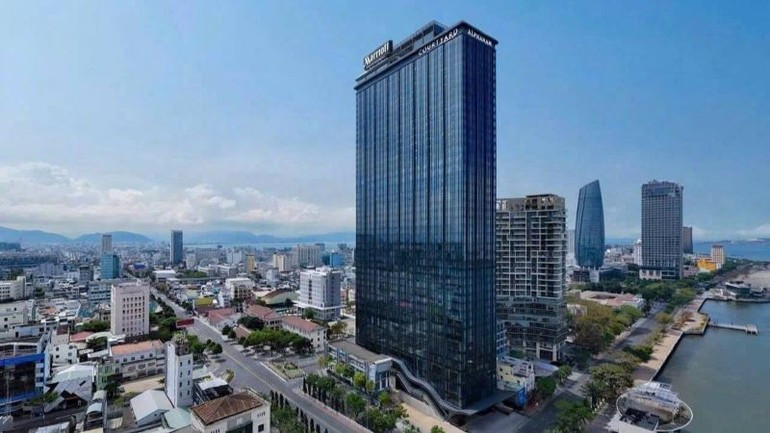
A major driver of investment is the Da Nang Free Trade Zone (FTZ), approved in June 2025 with a planned area of nearly 1,900 hectares. The FTZ will introduce special tax incentives, simplify customs procedures and integrate closely with Lien Chieu Port and the Da Nang High-Tech Park, thereby forming an ecosystem for manufacturing, exports and logistics.
At the same time, the International Financial Centre (IFC) is being developed in three phases, with the first office tower (27,000 square metres) scheduled to become operational at the end of 2025. This is part of efforts to build a modern financial-technology ecosystem, creating a platform to attract financial institutions, digital asset services and strategic investors.
Between 2025 to 2027, key areas such as Vo Van Kiet Street (6.2 hectares), the Fintech Zone (9.7 hectares) and a 1.9-hectare site near Software Park No. 2 will be developed. By 2030, the An Don Financial District (62 hectare) and the land reclamation project in Da Nang Bay (1,500 hectares) are expected to be implemented.
Lien Chieu deep-water port, due for completion by the end of 2025, is expected to replace the overloaded Tien Sa Port and handle large volumes of goods from inland to international markets. The port will be connected by multiple modes, road, rail and an expanding ring road network, laying the foundation for a modern logistics system across the region.
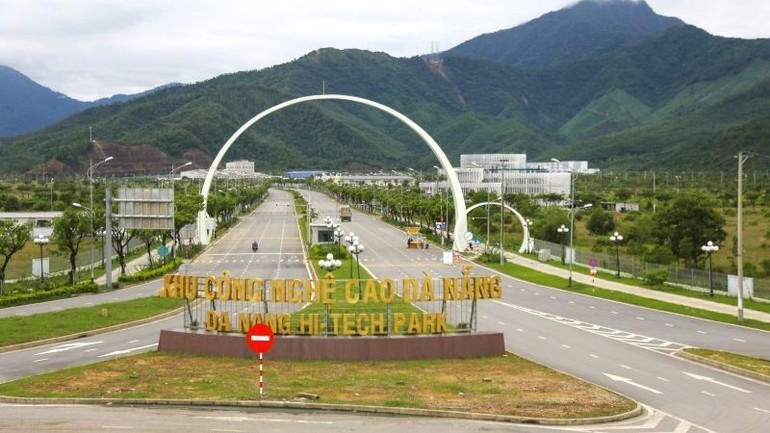
An attractive destination for next-generation FDI
Da Nang’s robust development reflects a significant shift in urban planning and development thinking, from a tourism-focused city to an integrated economic hub built on high-tech industry, finance and innovation.
The Da Nang High-Tech Park, spanning more than 3,600 hectares, has become a magnet for major technology corporations such as Universal Alloy Corporation (United States), as well as many investors from Japan, the Republic of Korea and Singapore. Incentives such as land leases of up to 50 years and corporate income tax exemptions for 10-15 years provide a clear competitive edge. The rapid growth of this area has driven strong demand for supporting real estate, ranging from worker and expert housing to serviced apartments, logistics centres and office space.
Of particular note, Da Nang’s largest data centre, the Da Nang International DC, broke ground in April 2025 at the High-Tech Park. Covering 2 hectares with a designed capacity of 18.5 MW and built to Tier III standards, it will serve as a crucial platform for the digital transformation of domestic and international businesses, and demonstrating Da Nang’s readiness to welcome a wave of high-tech investment.
However, challenges remain before Da Nang can truly break through, from upgrading logistics capacity and addressing delays in site clearance to improving the quality of technical and managerial human resources. Administrative reforms will also be essential to improving the investment environment.
